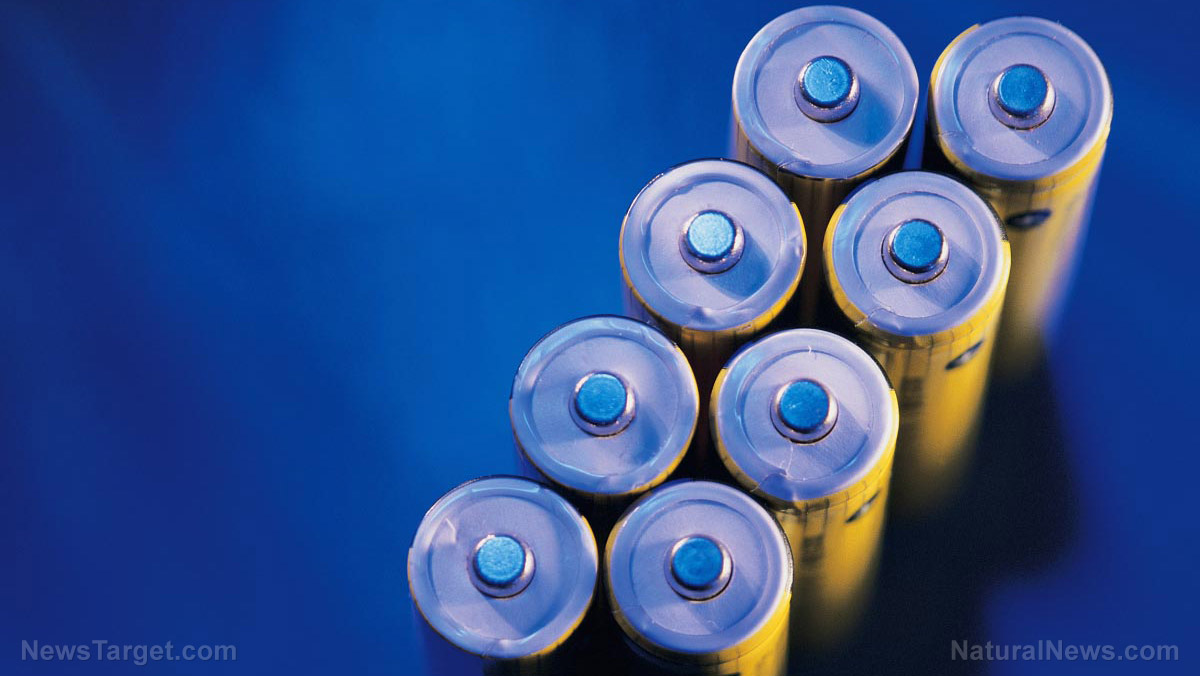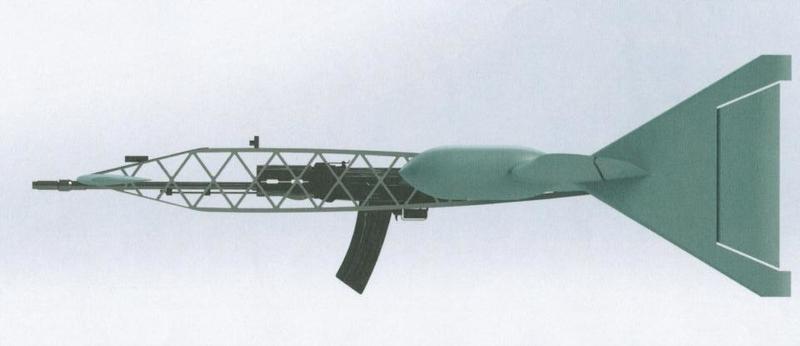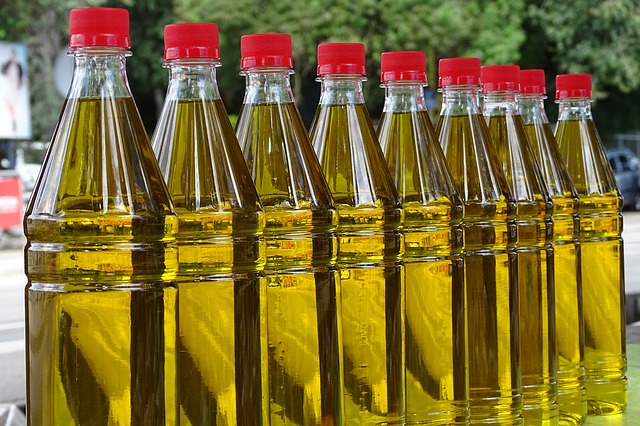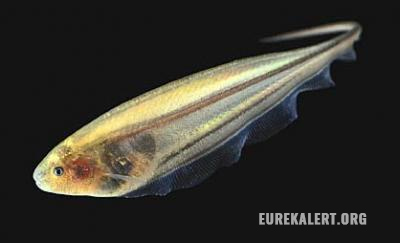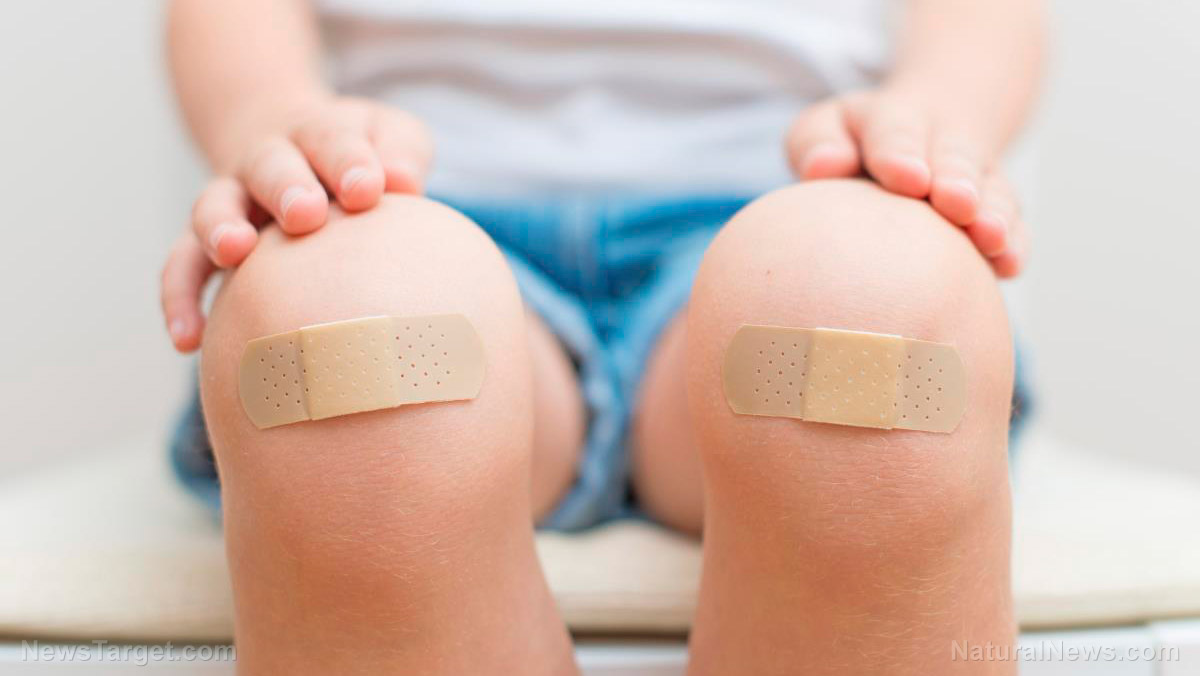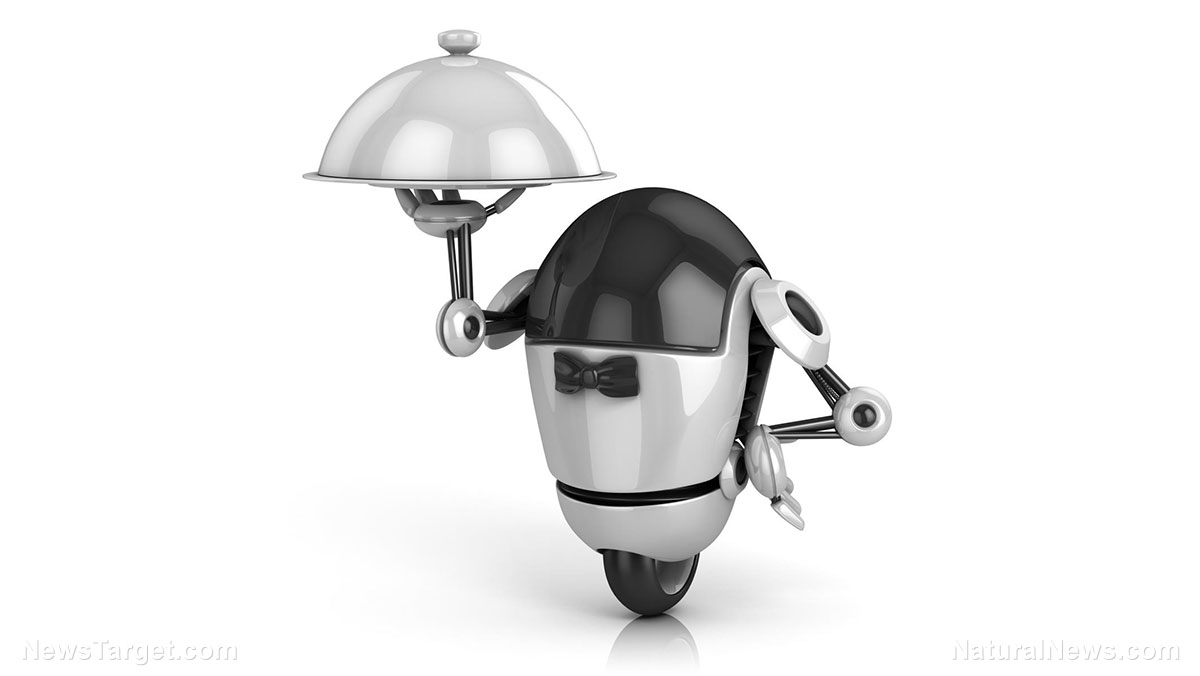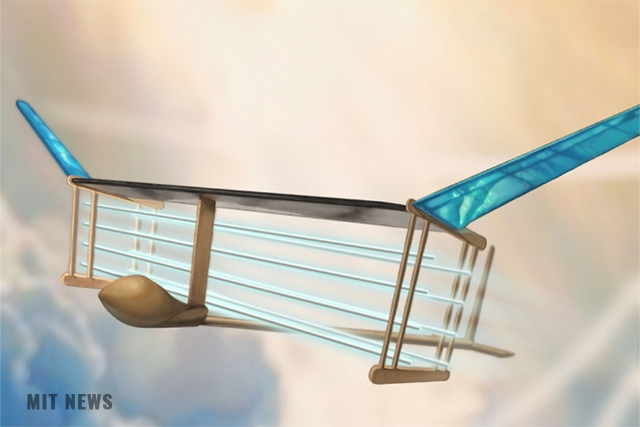Experts develop an app for farmers that can help “reinforce botanical identity and chain of custody”
03/28/2019 / By Edsel Cook

How can you be sure that a farmer on the other side of the world is harvesting the right species of plant and collecting the right part? Experts say it can be done by giving a camera to the farmer so that he can take photos of the crop as visual evidence that can later be shared over a cell phone app.
It is important to ensure the identity of the plant and its part, says Botanical Liaisons founder Trish Flaster. She is one of the researchers who are developing an app that is capable of storing a large amount of data about the collection and processing of a botanical ingredient.
The app will record the time when the plant gets collected, the state of the soil and weather during that time, and the steps taken to process the plant parts. It will also assist the user in identifying the plant and the parts that need to be harvested.
Flaster believes that the positive identification feature of the app will be very useful for farmers and harvesters who are tasked with getting ingredients for wild-crafted botanicals. (Related: Kyrgyzstan announces 10-year plan to switch to 100% organic agriculture.)
An app that helps ensure the steady supply of botanical ingredients
The Botanical Liaisons-developed app is part of the worldwide effort to secure the supply of botanical ingredients and products that are seeing increasing demand. The current iteration leans toward delivering usable data to aggregators, brokers, and other downstream elements of the supply chain.
Some experts have expressed concern that the app may be too complex for farmers or harvesters who live and work in less-developed countries. They believe that people will not bother with an app that is difficult to understand and use.
Flaster, however, is confident that her company’s app does not need to be simplified. She cites her years of field experience working alongside growers and harvesters in various countries, where she learned firsthand that these people are much more savvy than they are given credit for.
She also notes that the app is a very extensive tool for performing audits. It keeps the downstream users advised about what is happening to botanical ingredients before it reaches them. However, it cannot do everything.
The app tries to overcome the language barrier by getting translated into Hindi, Mandarin, and other major languages. But the local farmers who perform the planting and harvesting might be restricted to their provincial tongue. Or they could be unable to read or write, even in their own minority language.
Designing technology that can be used by anyone in the world
Flaster relates how she previously worked with practitioners of folk medicine in Tibet. The traditional healers got their herbal supplies from local farmers who cultivated the medicinal crops.
The harvesters have been performing this job for generations. They followed their own techniques to identify the correct plants. When Flaster demonstrated modern methods of identifying the morphological traits of the plants, the farmers were confused by the very different approach.
Flaster’s idea is to give these harvesters small cameras that are easy to use. The collectors can take photos of important things and processes like the sites they get the plants from, the type of fertilizer or pesticide they use, and so on. Then they can use the app to send their photos.
Photos of the plants can provide a time stamp for the date of harvest. Meanwhile, images of the harvesting tools can show whether or not the farmers cleaned their tools after use. All these data could be used by quality control personnel on the downstream end to ensure that the right botanical parts are harvested.
Sources include:
Tagged Under: agriculture, botanical ingredients, breakthrough, cell phone, cool tech, crops, farm tech, farming app, farming technology, food supply, future tech, harvest, Herbs, innovation, inventions, Plants, quality assurance, quality control, Traditional healers


